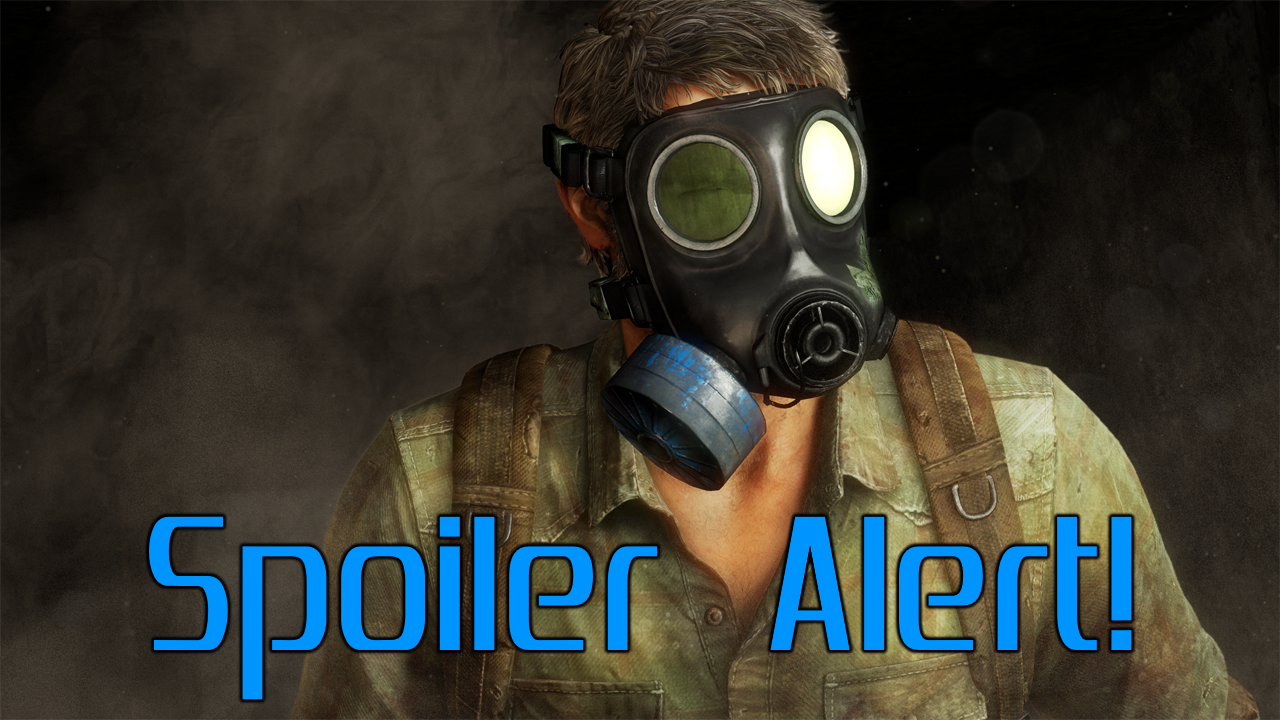
Spoiler Warning: There are minor spoilers ahead for the titles on this list.
The launch of the Xbox Series X earlier today marked the beginning of a new console generation – and thus the end of one too. That generation began in November 2012 with the release of the Wii U, and saw both the Xbox One and PlayStation 4 arrive a year later. I’ve been incredibly fortunate over the last eight years to have played a number of different games across all four major consoles, and while I need to say for the record that there are still plenty of big titles I haven’t got my hands on, there’s certainly enough to put together a list like this.
As we say goodbye to the current generation of consoles and jump headfirst into next-gen, let’s take a few minutes to look back at some of the best gaming experiences of the generation… in my subjective opinion!
But before we dive into the list, here’s a short recap of each of the major consoles. The Wii U came first, but was blighted by horrible marketing (even months after release, many gamers were confused as to what the Wii U even was, with many believing its clunky plastic controller to be nothing more than an accessory for the Wii). Nintendo began making losses during this period, and even laid off a number of staff. The console saw some very fun games, but I was one of less than fifteen million people who bought the machine – which in 2012 was clearly not good enough to cover Nintendo’s costs – making the console an expensive failure. For the sake of comparison, the original Wii sold over 100 million consoles, and the Switch is currently sitting at over 60 million a mere three years after release.
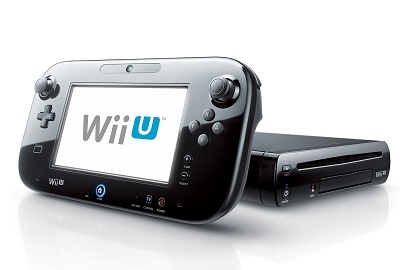
Next came the PlayStation 4. Only a few months earlier I’d bought a PlayStation 3, the first Sony machine I’d ever owned. I’d done so solely to play The Last Of Us, and I wasn’t disappointed! After the Xbox One suffered a rocky run-up to launch (we’ll come to that in a moment) PlayStation seized the chance to convert gamers to their platform after running behind for the entirety of the previous generation. And many folks who had previously been invested in Xbox made the switch – PlayStation 4 has almost certainly sold twice as many units as Xbox One, and that couldn’t have happened without Xbox 360 players jumping ship. PlayStation 4 has also had by far the better crop of exclusive games, and that’s another huge factor in its success this generation.
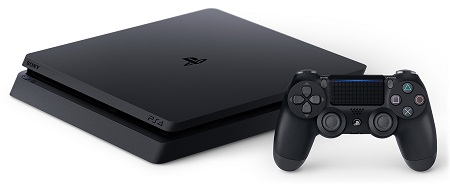
Xbox One arrived only a week after the launch of the PlayStation 4, but it was not a smooth road for Microsoft’s console. From the moment the console was announced it attracted the ire of gamers. First was its complicated always-online nature, which Microsoft had to backtrack on. Next was the issue of trading in games or sharing them with friends, with Xbox initially seeming to “lock” each disc to a specific user account. This was also something Microsoft U-turned on. Those fiascos were bad enough, but next came Kinect. Bundled with the system – and with no way to opt out – Kinect bumped up the price of the Xbox One at launch, making it $100 more than PlayStation 4. Looking back over several console generations, the cheaper machine usually sells better, and so it proved again. Xbox One also struggled with a lack of decent exclusive games to compete with those available on the PlayStation 4. Despite all of that, however, Xbox Game Pass (a paid subscription service which gives players access to over a hundred titles) definitely found a foothold as the generation drew to a close.
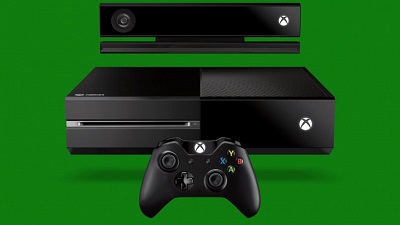
Finally, 2017 saw the launch of the Nintendo Switch. Where the Wii U had been Nintendo’s attempt to recapture the “hardcore gamer” market, the Switch saw Nintendo realise that its success with consoles like the Wii and the handheld DS and 3DS lineup was due to their appeal to casual players. A console deliberately less powerful than its two competitors, the Switch retained the motion controls that had proven popular on the Wii alongside a new gimmick: the console is a hybrid that can either be played as a handheld device or connected to a screen. After the disappointment of the Wii U, the Switch proved a success from day one, and eclipsed the Wii U’s total lifetime sales in a matter of months.

So those were this generation’s consoles. Now let’s look at some games!
This list is in three parts. The first part consists of titles that I consider to be incredibly important to the overall gaming landscape of the generation, even if they weren’t “my thing” and/or I don’t have much personal experience with them. The second part of the list contains a handful of titles that failed hard, and whose failures had an impact on gaming in some way. And finally the third part of the list is what you’re all here for – my personal top ten games of the generation.
Without any further ado, let’s get started!
Honourable Mentions
As stated above, this section of the list consists of a few titles that, for whatever reason, weren’t necessarily something I enjoyed or bought into, yet were landmarks in gaming this generation. No “games of the generation” list would be complete without their inclusion.
Number 1: PlayerUnknown’s Battlegrounds (2017)
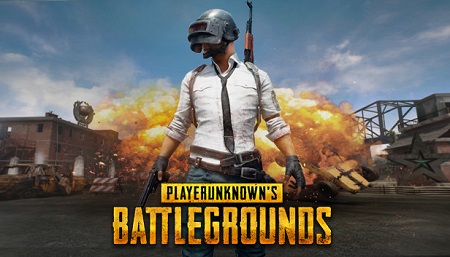
PlayerUnknown’s Battlegrounds – or “Pub-G” as some insist on calling it – was the first truly successful battle royale game. There’s debate over the origins of battle royale, and at one point PlayerUnknown’s Battlegrounds attempted to patent the format, but there can be no denying that this is the game that brought it to mainstream attention. By doing so it revolutionised online multiplayer gaming, and for a while was the most-played game in the world.
Considering how big battle royale titles still are, no end-of-the-generation list would be complete without PlayerUnknown’s Battlegrounds. Though the game is still being played, it has arguably been eclipsed by some other titles in the genre it spawned – most notably Fortnite. In that sense it’s one of the most influential games of the generation… even if it isn’t one that’s enjoyed as much ongoing success.
Number 2: Fortnite (2018)
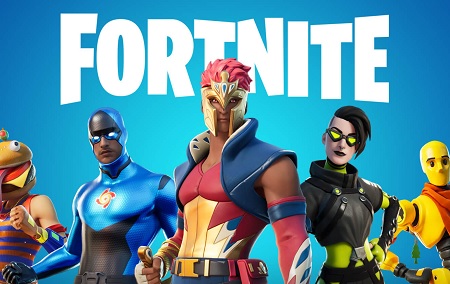
If PlayerUnknown’s Battlegrounds kicked off the battle royale craze, Fortnite took it to the next level. This title became a powerhouse in the gaming world; a phenomenon the industry hadn’t seen since Minecraft. And it’s a free-to-play game. Many of Fortnite’s biggest fans have never paid a penny despite spending hours and hours playing it, yet it’s managed to become one of the biggest and most financially successful titles in gaming. Ever.
Fortnite isn’t innovative with its gameplay, nor is it innovative in being free; mobile games in particular have used a free-to-play model for years. But Fortnite has taken the world by storm by refining those things and putting them with a fun, cartoony aesthetic that has widespread appeal, especially to younger players. For many kids, Fortnite has been their ticket into a brand-new hobby, and the importance of expanding gaming beyond where it was even a few years ago is immeasurable.
As with any successful title, other games have tried to imitate Fortnite’s success, and in some ways we can assign some degree of blame to Fortnite for making lootboxes and microtransactions more acceptable. However, it isn’t only this game’s fault that companies continue to pursue in-game monetisation!
Number 3: The Witcher 3 (2015)
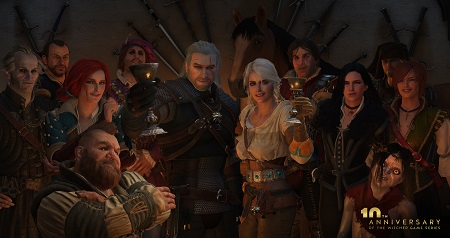
With so much focus on multiplayer this generation, The Witcher 3 really stands out as a comparative rarity. It demonstrated clearly and unequivocally that there is a market for well-made, expansive single-player games at a time when many companies seemed to be abandoning them. It’s widely considered one of the best games of all-time, not just of the generation, and the success of The Witcher 3 did much to demonstrate to the industry that single-player games could still be critically and financially successful.
As I mentioned when I took a look at a few great games that I haven’t played, The Witcher 3 is on my list and I hope to eventually get to it. Single-player fantasy role-playing games are exactly my kind of thing, but I haven’t got around to this one yet! As a standout title that really boosted the medium, though, I can appreciate The Witcher 3′s success from afar.
Number 4: Grand Theft Auto V – online mode (2013)

Grand Theft Auto V has been a juggernaut this generation, having initially been released on the previous generation’s Xbox 360 and PlayStation 3. For the last seven years it has seldom dropped out of the top ten bestselling games, which is an incredible achievement. The success is largely due to its online mode, which has made developers Rockstar an insane amount of money.
Competitive online gaming really isn’t my thing, but no list appreciating the generation’s finest should ignore Grand Theft Auto V’s multiplayer mode. Taking the beautifully-crafted world of Los Santos and opening it up to players for jobs and heists together has been a masterstroke on Rockstar’s part.
I was, however, a little disappointed to see that Rockstar simply plan on porting the game to the Xbox Series X and PlayStation 5. I get that it’s been a phenomenally successful title this generation – but I had hoped for a new entry in the series (or a new title altogether) as the gaming world moves on. They see things differently, however, and given Grand Theft Auto V’s success and bustling online scene, maybe they’re right.
Number 5: Undertale (2015) and the whole indie scene
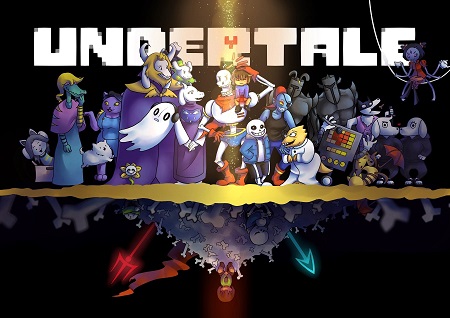
I chose Undertale as an example because it has been widely praised, but this entry also stands to represent titles like Dead Cells, Cuphead, Untitled Goose Game, Donut County, Shovel Knight, and many more indie titles that have wowed audiences this generation. Making a game as an independent developer is a difficult and often expensive undertaking, yet many of these titles – including Undertale – have been fantastic and received critical acclaim.
There’s a perception that all indie games are pixel-art 2D platformers, and while there certainly are titles which fit that description there’s also much more going on in the indie scene. Some of these games go on to inspire whole sub-genres, and as we go into the new generation its a great thing that there are so many independent, smaller developers out there. It keeps the games scene interesting!
Disappointments and Disasters
This section looks at a handful of controversial, disappointing, or outright bad games which nevertheless impacted the games industry this generation. Not every innovation or change to the way games are made comes from success, and some titles may be better-remembered for serving as bad examples than good games.
Number 1: Star Citizen (Unreleased)

How can a game that hasn’t even been released be one of the biggest disasters of the generation? Simple: it’s become the textbook example of how crowdfunding can go wrong in the gaming realm. Star Citizen’s troubled development began way back in 2012, before any of the current-gen systems launched. And it raked in millions of dollars in crowdfunding from eager gamers – only to miss release window after release window, while continuing to beg and scrounge money out of its remaining loyal fans.
At this point, in late 2020, the team behind Star Citizen have raised – and mostly spent – over $300 million. That’s an utterly insane amount of money for any video game, and if reports and rumours are to be believed, it’s still nowhere near complete. What happened with Star Citizen is basically this: a developer had a decent idea for a game, put together a small team, and began work. But as the crowdfunding campaign took off the developers began to promise more and more features, leading to more development time. More development time in turn meant they needed more money, which meant more crowdfunding, which meant more features were promised, and the whole thing has spiralled out of control to the point where the game is an overhyped undeliverable mess.
Star Citizen isn’t a “scam,” because I firmly believe there were good intentions behind it. But the developers needed someone competent to manage the project before it got unwieldy, and someone in charge to prevent it from ever getting so out of control. The idea of selling in-game content for an unreleased game is already pretty shady, but when some of that content can cost thousands of dollars I think someone has to step in and say that it isn’t acceptable. It’s still possible the game will see a release – one day – but even if it does it’s hard to imagine it will be anything less than underwhelming in the extreme for fans who’ve waited years and hyped it to oblivion.
Number 2: Star Wars Battlefront II (2017)
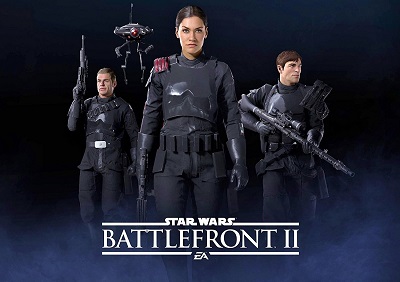
Battlefront II saw the bubbling lootbox controversy boil over. Though it’s been over three years since its 2017 launch, the ramifications of that are still being felt as jurisdictions across the world move to regulate or ban in-game gambling. Electronic Arts has, for years, pushed the envelope for what gamers will tolerate in terms of in-game monetisation. And with Battlefront II they finally pushed too hard and too far.
The game itself is perfectly playable today, but only because EA ripped out as much of the gambling as they could before it hit shelves. Battlefront II also had poor timing, causing controversy in the Star Wars fandom at a time when The Last Jedi was already proving hugely divisive. The combination of the poorly-received game and film meant that Star Wars was in a dark place going into 2018.
Number 3: Mass Effect: Andromeda (2017) and Anthem (2019)
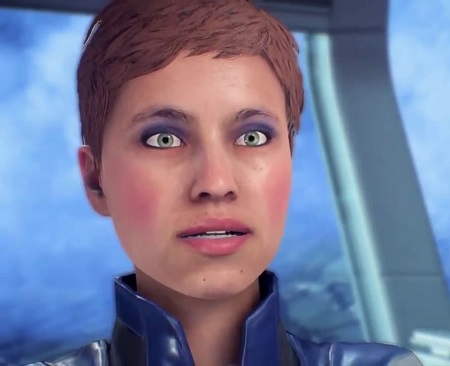
Oh, Bioware. How heroes fall! For a number of reasons that boil down to project mismanagement, both Mass Effect: Andromeda and Anthem were rush jobs, put together in months instead of years. And it showed. Andromeda was memed to death, and even though the worst of its bugs and visual glitches were fixed within days of launch by patches, the damage was done and the game’s reputation never recovered.
Anthem overpromised based on a trailer at E3 that was entirely fake. Players who did buy into the game found a half-finished and underwhelming live service experience, and promises of updates and more content weren’t enough to convince more than a few to stick around. As of late 2020, Anthem’s “roadmap” for further updates has been cancelled, and the game is essentially dead.
For a studio like Bioware, these failures feel so much worse because we know that they’re capable of producing some incredible games. Knights of the Old Republic, Jade Empire, and the first two parts of the Mass Effect trilogy are among my favourite role-playing games of all time, so to see the buggy overblown side-mission that was Andromeda and the live service failure that was Anthem is nothing less than a colossal disappointment. There may be light at the end of the tunnel for this once-great developer, however, with a Mass Effect trilogy remaster having been announced a couple of days ago.
Number 4: Fallout 76 (2018)
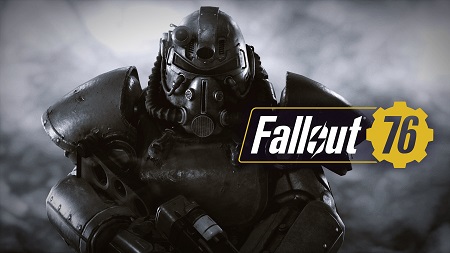
As above, a developer once revered for its amazing experiences churned out a buggy, underwhelming online multiplayer title. Fallout 76 came after years of declining quality of Bethesda’s own titles, which included port after port of Skyrim and little else. I could never get past the fact that this was a Fallout game with absolutely no non-player characters. The heart of any game like this is its story, and a story needs characters. Fallout 76 thus contained little more than a moderately pretty environment – one built on an ageing engine meaning even the game’s visuals were hardly spectacular.
After walking around, checking out the scenery, and battling a few monsters, there was literally nothing to do. The gunplay was also mediocre to poor, something the Fallout series’ VATS system had masked in previous titles built on the same engine. But with multiplayer there was no way to implement VATS properly, meaning the game’s shooting had to stand on its own… and it fell down.
The first of these points – the missing NPCs – was eventually addressed in an update. But Fallout 76 has been own goal after own goal from Bethesda, including crappy product tie-ins that got recalled, a $100 premium membership, and more besides. The game was a bug-riddled disappointment.
Number 5: Shenmue III (2019)
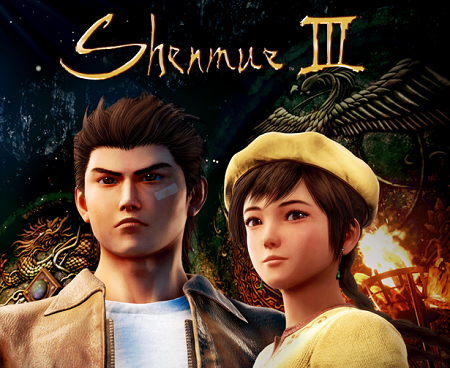
Shenmue III is one of the biggest disappointments to me personally. Other titles in this section have their problems, but when it comes to my most-anticipated games ever, Shenmue III had been at the top of the list since 2001. After a dedicated group of hardcore fans raised an incredible $7 million through a crowdfunding campaign, the only thing I expected from Shenmue III was that it would finally finish Ryo Hazuki’s story.
In 2001, Shenmue II ended on a cliffhanger, with Ryo’s quest for revenge incomplete – and having just taken an interesting turn. But the failure of the Dreamcast – and the game’s lacklustre sales – meant no sequel was forthcoming. Yu Suzuki, the game’s creator, had always said that the Shenmue saga was an ambitious project, and that’s to be commended, but while I can’t claim to speak for every Shenmue fan, really my only expectation going into Shenmue III was that it would bring the story to a conclusion. If there was too much story to tell in a project this size, then someone had to come in and make cuts to all of the unnecessary fluff to make it fit. For some inexplicable reason, that didn’t happen. Fans raised millions of dollars to end on another cliffhanger. Does Yu Suzuki seriously think he’ll raise millions more to make Shenmue IV and Shenmue V to keep telling this story?
And that’s why it’s such a disappointment. It had one objective as far as I was concerned: finish the story. Fans donated their own money to make that dream a reality, but the developers blew it. This was a once-in-a-lifetime chance for a dead, failed series to come back to life and finish its ambitious story. I can’t get over the truly awful decision-making that meant it didn’t happen.
Games of the Generation
Now we come to my personal top ten. I played and loved all of these games this generation, and while there are many more that could have made the list, when I whittled it down these are the titles which made the final cut. These titles are not in any particular order, so this isn’t a ranked list. All ten titles are very different, and thus they’re all my Games of the Generation!
Number 1: Mario Kart 8 (2014)
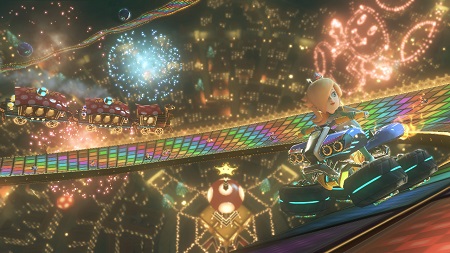
Originally released for the Wii U in 2014, Mario Kart 8 has since reappeared – in “deluxe” form – on the Nintendo Switch. It isn’t particularly ground-breaking, simply refining and polishing the Mario Kart experience for the high-definition screens that became commonplace over the last decade. But that’s absolutely fine, because Mario Kart doesn’t need a radical overhaul; what keeps players coming back for race after race is that it’s pick-up-and-play fun.
The Switch version bundles the original game with its two DLC packs and adds a few new characters to the roster too. And that’s the way most players have experienced Mario Kart 8, since so few people owned a Wii U! It’s a shame that Nintendo chose to paywall its originally-free online multiplayer, and that decision deserves criticism as it’s awful to implement paid online features to a game that once enjoyed those same features for free.
Regardless, Mario Kart 8 is a lot of fun. Some will argue that the fun is best shared with friends, and though you could certainly make that claim I still find myself picking up the game for a quick race or two against the AI.
Number 2: Star Wars Jedi: Fallen Order (2019)

I played through Jedi: Fallen Order earlier this year, and I had a wonderful time. In fact, I’d go so far as to call the game the best Star Wars experience I’ve had in a long time, far surpassing some recent film and television attempts from that franchise! Cal’s journey from the shipbreaking yards of Bracca to, well, spoilers, was truly exciting.
This kind of linear, story-focused game has fallen out of favour with many of the bigger games publishers this generation. The rush to make every game an online experience (with recurring monetisation) has unfortunately seen less of a focus on titles like Jedi: Fallen Order; the Star Wars brand saw only the two Battlefront games in the years before its release. However, the success of this title both critically and commercially has already led to a sequel being developed – and hopefully demonstrated once again that there’s life in these kind of games!
Though I did encounter a few bugs and other issues during my playthrough nothing spoilt the experience. There were some great voice acting performances, interesting and varied planets to visit, a couple of neat cameos by characters from the films, and truly beautiful visuals that really brought the setting to life and truly immersed me in a galaxy far, far away.
Number 3: South Park: The Stick of Truth (2014)
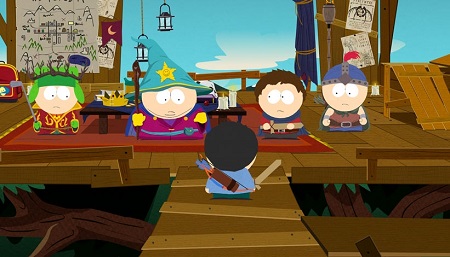
I’m not the world’s biggest fan of South Park. Its social commentary can be biting and funny, but sometimes it goes over-the-top to say the least! However, while I haven’t been a regular viewer of the series since I lived in the United States in the mid-2000s, the game South Park: The Stick of Truth managed to catch my attention early in the generation. I gave it a shot, and I’m glad I did!
The game’s visual style is practically identical to the television series, and that alone makes it interesting. Animated shows have been adapted as games many times, but rarely is the appearance so remarkably similar. I think that’s what first captured my attention, but what I found when I played the game for myself was a surprisingly fun role-playing experience.
Not every joke landed, and a few moments in The Stick of Truth were just plain silly. But as an authentic South Park experience that really feels like playing through an extended episode of the television series it’s something unique – or it was until a sequel, South Park: The Fractured But Whole, was released in 2017.
Number 4: Ori and the Blind Forest (2015)

Ori and the Blind Forest never pretends to be a AAA blockbuster. It’s relatively short, with an average playthough lasting around eight hours, but those hours are spent in a beautiful, artistic world. The levels are diverse, and are interesting and challenging in equal measure as protagonists Ori and Sein bid to save their forest home.
Words like “masterpiece” and “beautiful” are thrown around all too easily these days, but I genuinely feel that both apply to Ori and the Blind Forest. For a game about spirits and sprites it’s surprisingly emotional too.
In a generation where Microsoft and Xbox lagged well behind Sony in terms of the quality of their exclusive games, Ori and the Blind Forest was a rare win. It’s since been followed up by Ori and the Will of the Wisps, a sequel which builds on everything the first game got right. Both titles are available on Xbox Game Pass, and are well worth a play for anyone who likes 2D platformers.
Number 5: Uncharted 4: A Thief’s End (2016)

As with Jedi: Fallen Order above, Uncharted 4 is a linear, story-focused game. This generation has been dominated by sequels, and Uncharted 4 brings to a close the tale of Nathan Drake which began on the PlayStation 3 in 2007. What I love about the series is that it feels like a combination of Tomb Raider and Indiana Jones, setting up a mythical-historical mystery for Drake and his comrades to uncover.
The first three games in the series were fantastic, but Uncharted 4 was a step up. Truly stunning visuals that pushed the PlayStation 4 to its limit really helped with immersion, and the swashbuckling story was perfectly-paced and well executed. Naughty Dog is a fine studio, and they refined this style of gameplay to perfection by the time of Uncharted 4‘s release.
The PlayStation 4 has had some amazing exclusive games this generation. Whether Uncharted 4 is the best of them will always be a matter of debate, but for me it has to be at or near the top of any such list.
Number 6: Minecraft (2011)
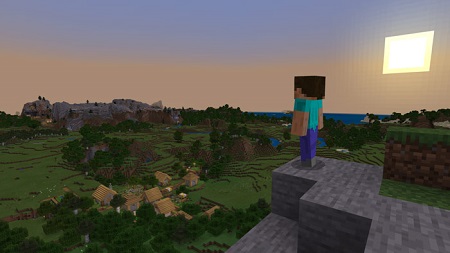
This one is a total cheat since Minecraft was released a full two years before any of the current-gen consoles. But it isn’t unfair to say that the game has enjoyed continued success this generation, which culminated in parent company Mojang being acquired by Microsoft in a deal reportedly worth $2.5 billion. That’s a lot of money for a game I initially dismissed as a scruffy-looking pixel graphics mud hut-builder!
Minecraft became the best-selling game of all-time, and a phenomenon that took the world by storm. It introduced the gaming hobby to millions of new players, including many children, and its ubiquity on practically every platform helped that immeasurably. Even nine years after its initial release the game is still being played and replayed over and over. The Minecraft brand has also been expanded upon, with titles like Minecraft: Story Mode and Minecraft Dungeons set in the same fictional world.
Where I had the most fun with Minecraft is in multiplayer with friends, starting from scratch and building whatever we wanted. I wouldn’t like to guess how many hours were lost digging tunnels, mining resources, and planning how to build a castle with a lava moat or a city in the sky.
Number 7: Middle-Earth: Shadow of Mordor (2014)

The world of Middle-Earth has been ripe for video game adaptations ever since The Lord of the Rings trilogy hit cinemas in the early 2000s, and Middle-Earth: Shadow of Mordor follows some truly outstanding games from years past. It took a step back from the books’ familiar characters, introducing players to Talion, an Aragorn-esque Ranger, as he takes the fight to Sauron.
What made Shadow of Mordor stand out mechanically as a video game was its revolutionary “nemesis” system. The game’s AI would track which Uruk commanders that Talion battled – and there were many! Those Uruk could not only become more powerful by killing the player, but defeating them was a key part of the gameplay experience. Orcs and Uruk could be promoted within Sauron’s army, and the aim of the game was to encounter and defeat them. Even now this gameplay mechanic is innovative, and it makes Shadow of Mordor a game with plenty of replay value.
Unfortunately the series was tainted somewhat by the in-game monetisation forced into its sequel, Middle-Earth: Shadow of War. While most of that has since been removed, the reputation of both games suffered. It’s a shame, because Shadow of Mordor is one of the best and most immersive experiences set in Tolkien’s world, and is still worth playing today.
Number 8: Super Mario Odyssey (2017)
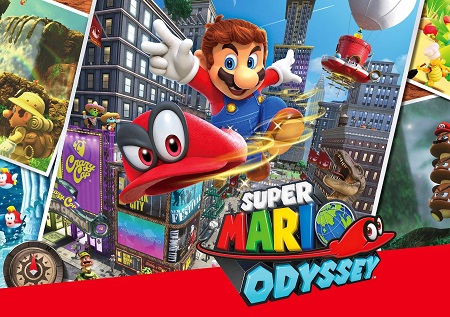
Super Mario Odyssey took everything that had been great about 3D Mario games and condensed it into one phenomenal title. It dropped gimmicks from Mario Sunshine and Mario Galaxy and returned the series to a style much closer to the beloved Super Mario 64, which remains to this day one of my favourite games of all-time.
The level design was brilliant and incredibly varied, with water levels, desert levels, and even a voyage to the moon all on Mario’s agenda as he races to – once again – save Princess Peach from the clutches of Bowser. Hardly an innovative premise, you may say, but the fun of Super Mario Odyssey is in the gameplay rather than the story. There are very, very few titles about which I’d say something like that – so that should show you just how outstanding this game really is.
Despite being brand-new, Super Mario Odyssey gave me a hit of nostalgia and took me back to the mid-1990s when I played Super Mario 64 for the first time. It really does feel like an updated version of that classic game.
Number 9: Fall Guys (2020)
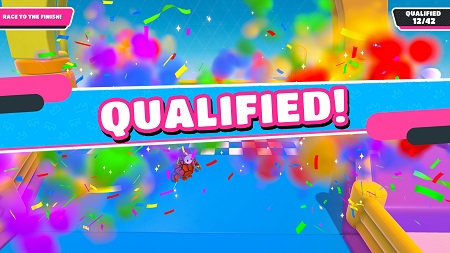
Fall Guys came out of nowhere this summer and surprised me! From the moment I heard the concept – jelly bean-like characters running obstacle courses in a video game homage to the likes of Total Wipeout – I knew I had to give it a try. And despite my general dislike of online multiplayer titles, what I found was a truly fun experience.
Fall Guys makes it easy to jump into game after game, and because each round is so short, even losing doesn’t feel that bad. The different ways in which people play makes every round unique, and while it certainly has its frustrating moments the core gameplay is plenty of fun. A cheating problem plagued the PC version for a while, but an update brought in anti-cheat software and that issue has now all but died out, restoring the fun!
If you’d asked me at the start of the year – or even in June – what my top ten games of the generation were likely to be, Fall Guys wouldn’t have even been on my radar. And when I was putting this list together I was wondering if including it would seem like recency bias; ignoring older games in favour of one I picked up just a few weeks ago. But looking at it on merit, I had a lot of fun with Fall Guys, and I’m happy to include this fun, casual title as one of my top games of this generation.
Number 10: Subnautica (2018)
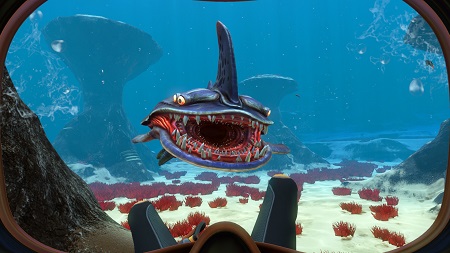
In the wake of Minecraft’s success many games attempted to recreate its survival and building/crafting features. Many of these so-called “Minecraft clones” were crap, but one survival game that took the genre to wholly new places was Subnautica. The game has an interesting story as players find themselves crash-landing on a watery planet and must explore, collect resources, and build their way to freedom.
Subnautica is one of the few games even in modern times to really get its underwater world feeling right. Many games are notorious for bad underwater sections or levels, and when the whole game is based around swimming and moving underwater, this was something Subnautica couldn’t afford to screw up! The skill and attention to detail that went into this aspect of the game really is incredible.
The underwater setting also made the game feel like something genuinely different in a survival genre that was full of samey titles. Subnautica managed to be something unique as well as plenty of fun, and that combination is greatly appreciated.
So that’s it. A few of the best games of the generation – in my opinion, at least. There are many, many titles that could have made this list, including games I’ve played but forgotten all about, and games that I didn’t get around to yet.
This generation has offered up some truly amazing experiences, and even as we begin the transition to new consoles, there will be more to come. Cyberpunk 2077 and Halo Infinite are both due in the next few months, and there will be a number of other titles released before production fully shifts to the new machines over the next couple of years.
On a personal note, this has been a generation where, for a number of reasons, I found myself playing fewer games than I had in the past. A combination of health, ageing, work, and other factors are to blame – if indeed blame needs to be assigned. Despite that, I had fun with all four of this generation’s major home consoles, something I can say for the first time as a generation comes to a close!
I have no immediate plans to purchase an Xbox Series X or PlayStation 5, so there won’t be new console reviews coming on the website any time soon. But I can save you the trouble: both machines will be iterative improvements on their predecessors, offering things like faster load times, better controller battery life, and so on. It will be several years before we see any significant improvement in game design or graphics, simply because most upcoming titles are cross-generation and will continue to be limited by the requirements of this generation’s hardware.
Hopefully this has been a fun and interesting look back at some of the highs (and lows) of this generation on the day we mark the official beginning of the next one.
All titles listed above are the copyright of their respective studios, developers, and/or publishers. Some screenshots and promotional artwork courtesy of IGDB. This article contains the thoughts and opinions of one person only and is not intended to cause any offence.

